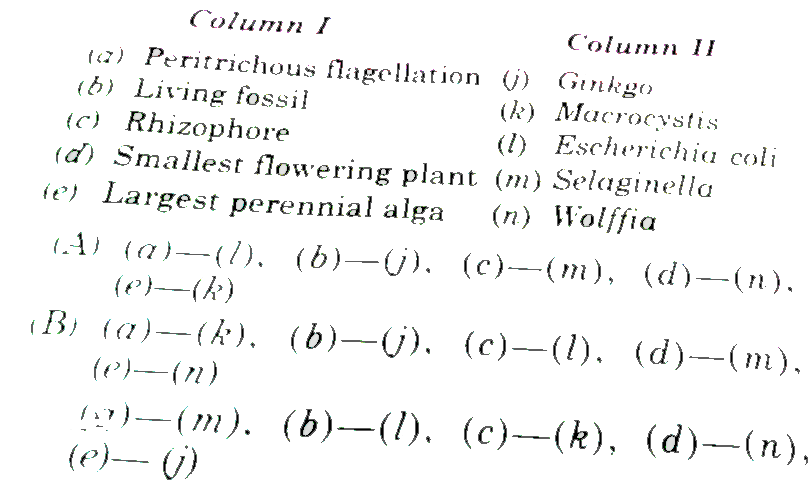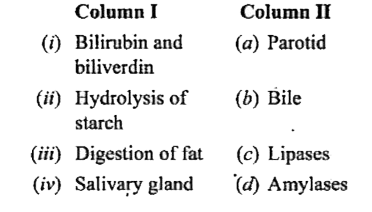Match the items of Column I and Column II.
Column IColumn IIA. Dialysis 1. Cleansing action of soap B. Peptisation 2. CoagulationC. Emulsification 3. Colloidal sol formation D. Electrophoresis 4. Purification
The correct Answer is:A.→(4) B.→(3) C.→(1) D.→(2)
To match the items from Column I with Column II, let's analyze each term step by step:
1. Dialysis:
- Definition: Dialysis is a process used to purify colloidal particles or ions by passing them through a semi-permeable membrane.
- Match: This process is primarily for purification.
- Answer: A. Dialysis → 4. Purification
2. Peptisation:
- Definition: Peptisation involves the addition of a small electrolyte to a precipitate, which leads to the formation of a colloidal sol.
- Match: This process is associated with the formation of colloidal solutions.
- Answer: B. Peptisation → 3. Colloidal sol formation
3. Emulsification:
- Definition: Emulsification refers to the process of mixing two immiscible liquids (like oil and water) and is often facilitated by soaps or detergents to cleanse oily or greasy dirt.
- Match: This process is linked to the cleansing action of soap.
- Answer: C. Emulsification → 1. Cleansing action of soap
4. Electrophoresis:
- Definition: Electrophoresis is a technique that uses an electric field to move charged particles in a solution, leading to the coagulation of colloidal particles.
- Match: This process is related to coagulation.
- Answer: D. Electrophoresis → 2. Coagulation
Final Matches:
- A. Dialysis → 4. Purification
- B. Peptisation → 3. Colloidal sol formation
- C. Emulsification → 1. Cleansing action of soap
- D. Electrophoresis → 2. Coagulation
- Definition: Dialysis is a process used to purify colloidal particles or ions by passing them through a semi-permeable membrane.
- Match: This process is primarily for purification.
- Answer: A. Dialysis → 4. Purification
- Definition: Peptisation involves the addition of a small electrolyte to a precipitate, which leads to the formation of a colloidal sol.
- Match: This process is associated with the formation of colloidal solutions.
- Answer: B. Peptisation → 3. Colloidal sol formation
- Definition: Emulsification refers to the process of mixing two immiscible liquids (like oil and water) and is often facilitated by soaps or detergents to cleanse oily or greasy dirt.
- Match: This process is linked to the cleansing action of soap.
- Answer: C. Emulsification → 1. Cleansing action of soap
- Definition: Electrophoresis is a technique that uses an electric field to move charged particles in a solution, leading to the coagulation of colloidal particles.
- Match: This process is related to coagulation.
- Answer: D. Electrophoresis → 2. Coagulation
- A. Dialysis → 4. Purification
- B. Peptisation → 3. Colloidal sol formation
- C. Emulsification → 1. Cleansing action of soap
- D. Electrophoresis → 2. Coagulation
Topper's Solved these Questions
- BOOK - NCERT EXEMPLAR ENGLISHCHAPTER - SURFACE CHEMISTRYEXERCISE - Assertion and Reason5videos
SURFACE CHEMISTRY
- BOOK - NCERT EXEMPLAR ENGLISHCHAPTER - SURFACE CHEMISTRYEXERCISE - Long Answer Type Questions4videos
SURFACE CHEMISTRY
- BOOK - NCERT EXEMPLAR ENGLISHCHAPTER - SURFACE CHEMISTRYEXERCISE - Short Answer Type Qrestions29videos
SURFACE CHEMISTRY
- BOOK - NCERT EXEMPLAR ENGLISHCHAPTER - SOLUTIONS EXERCISE - LONG ANSWER TYPE QUESTIONS8videos
SOLUTIONS
Similar Questions
Knowledge Check
- Question 1 - Select One or More
Match the Column I and Column II:
 A1. i. 2. ii 3. iii 4. ivB1. i 2. ii 3. iii 4. ivC1. i2. ii 3. iii 4. ivD1. i 2. ii 3. iii 4. iv
A1. i. 2. ii 3. iii 4. ivB1. i 2. ii 3. iii 4. ivC1. i2. ii 3. iii 4. ivD1. i 2. ii 3. iii 4. iv - Question 2 - Select One or More
Match the Column I and Column II:
 A1. i 2. ii 3. iii 4. ivB1. i 2. ii 3. iii 4. ivC1. i 2. ii 3. iii 4. ivD1. i 2. ii 3. iii 4. iv
A1. i 2. ii 3. iii 4. ivB1. i 2. ii 3. iii 4. ivC1. i 2. ii 3. iii 4. ivD1. i 2. ii 3. iii 4. iv - Question 3 - Select One
Match the Column I and Column II.,B
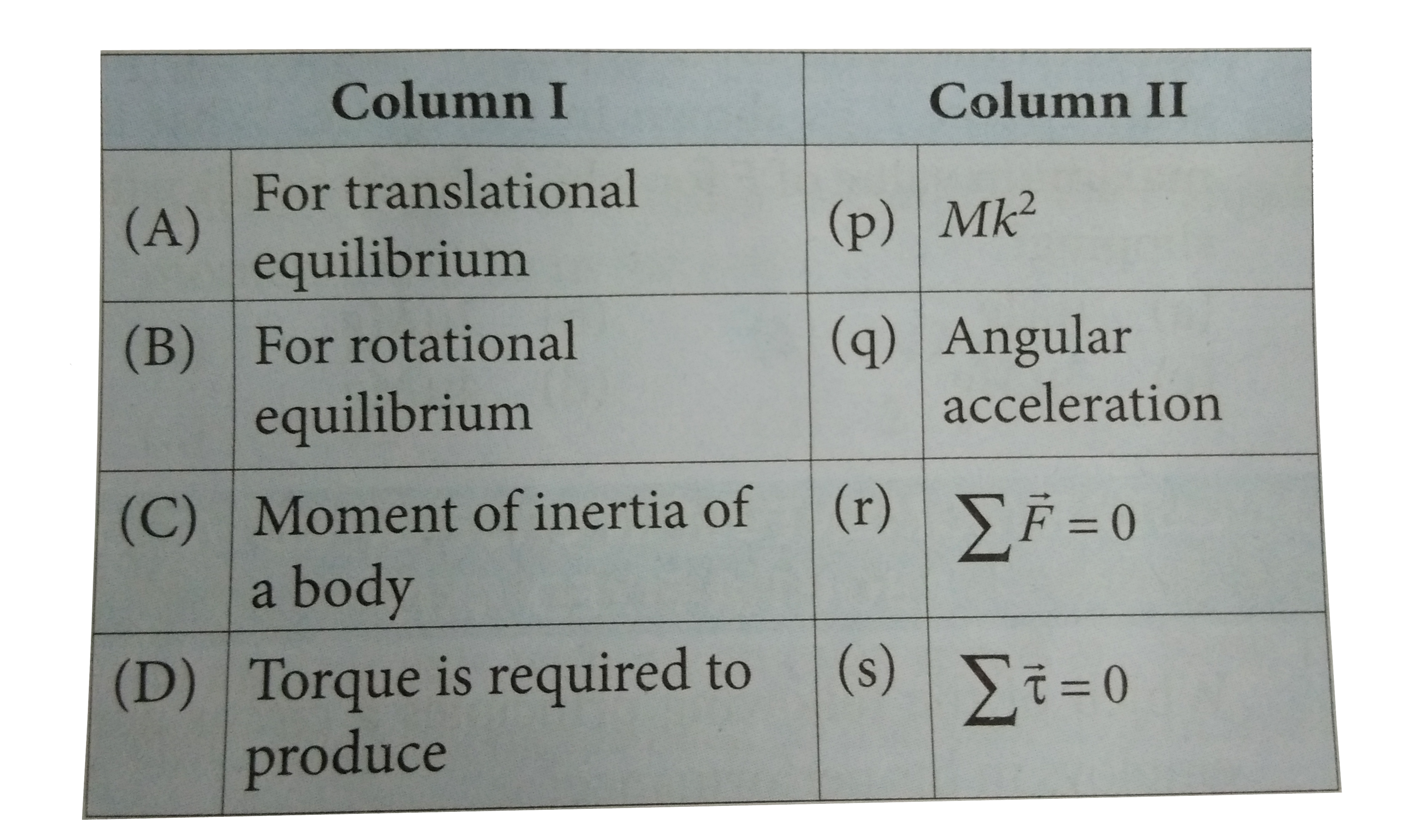 AA-p, B-q, C-r, D-sBA-q, B-r, C-s. D-pCA-r, B-q, C-p, D-pDA-r, B-s, C-p, D-q
AA-p, B-q, C-r, D-sBA-q, B-r, C-s. D-pCA-r, B-q, C-p, D-pDA-r, B-s, C-p, D-q
Match the items of Column I with items of Column II.
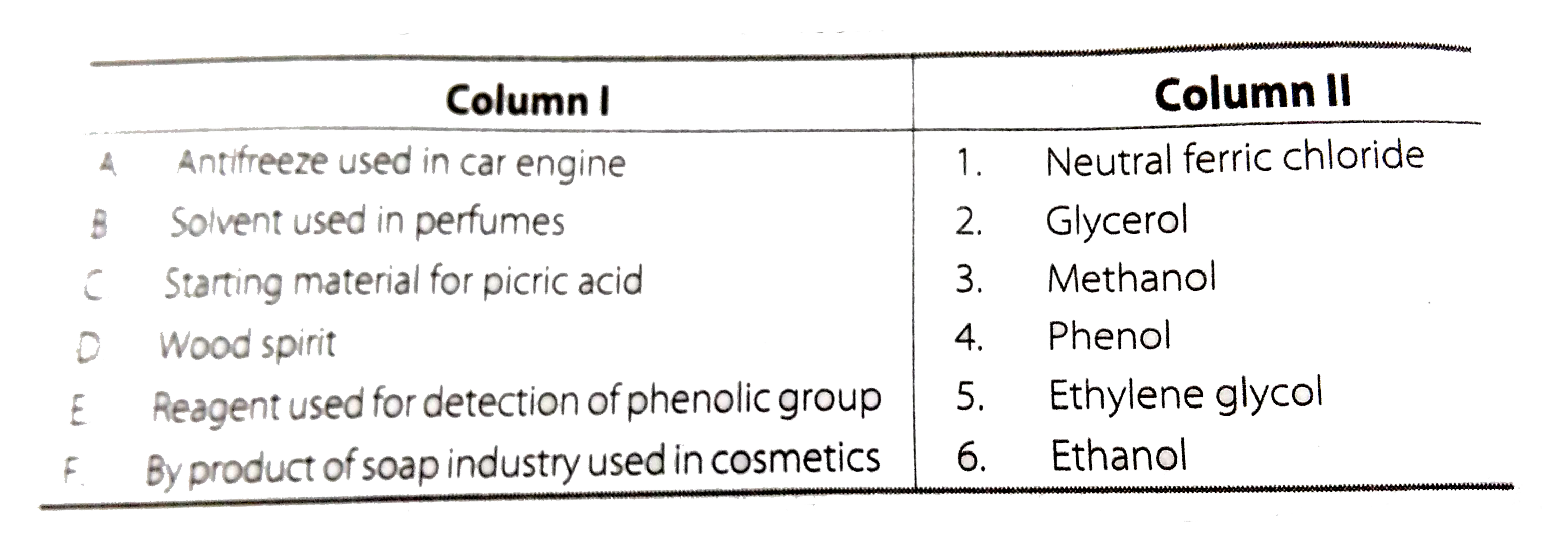 View Solution
View SolutionMatch the items of Column I with items of Column II.
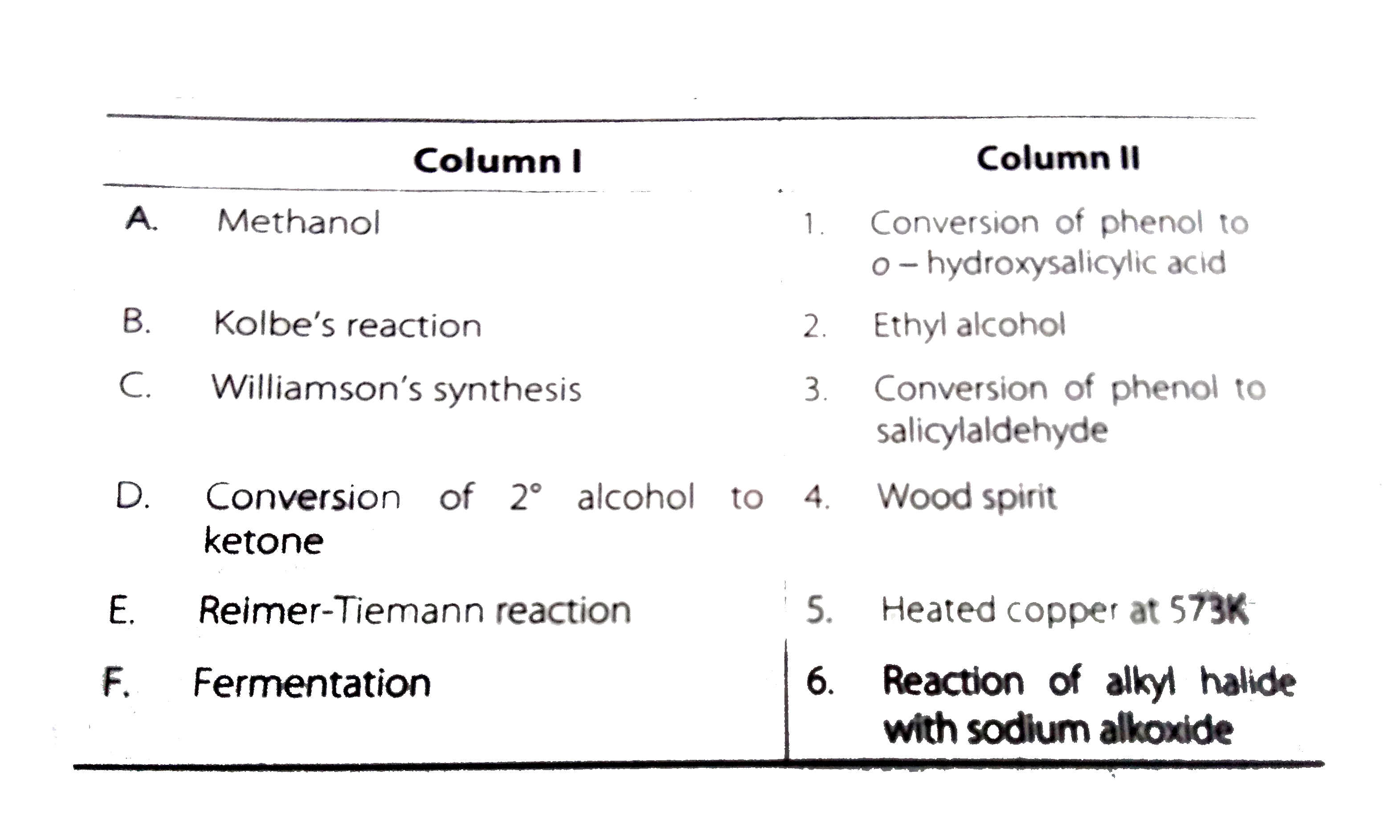 View Solution
View SolutionMatch the items of Column I with those of Column II.
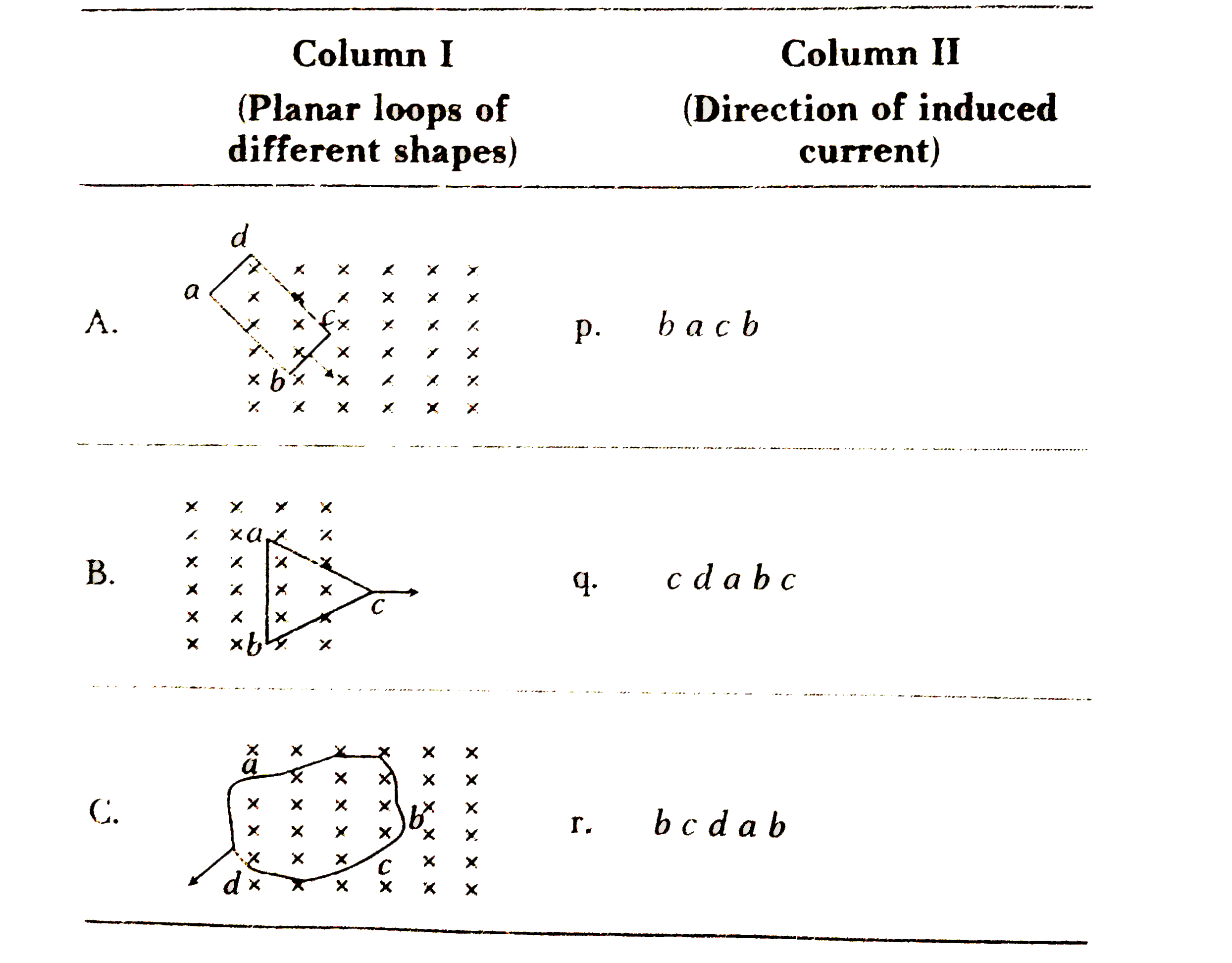 View Solution
View SolutionMatch the items in Column I with those in Column II
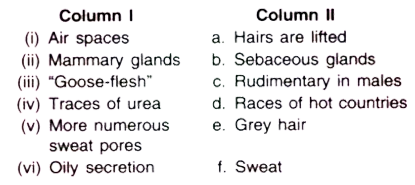 View Solution
View SolutionMatch the items of Column-I with those in Column-II
 View Solution
View Solution


